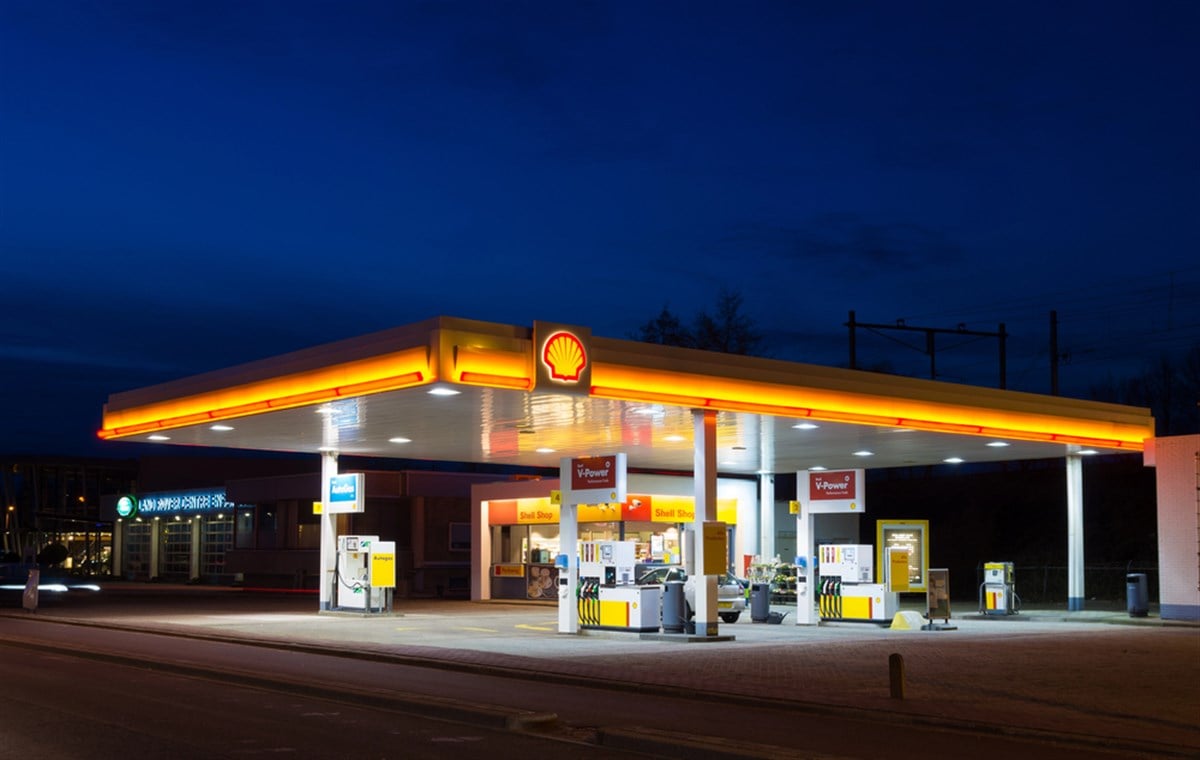
Shell (NYSE: SHEL), the world’s fifth-largest oil and gas company, reported Q2 2024 financial results on Aug. 1, 2024. The company has delivered returns above its sector in 2024, with a total return of 13%. The Energy Select Sector SPDR Fund (NYSEARCA: XLE) has returned 10%.
An improved understanding of Shell's business will be provided by examining key sections of the company’s annual report, reviewing the latest earnings release, and discussing Shell’s capacity to deliver shareholder value.
Shell's Oil and Natural Gas Operations
Shell divides its operations into five reportable segments: Integrated Gas, Upstream, Marketing, Chemicals and Products, and Renewables & Energy Solutions (R&ES). Integrated Gas revolves around natural gas. It includes natural gas exploration, extraction, and transportation. It also produces liquefied natural gas (LNG) and other liquid products derived from natural gas, known as gas-to-liquids (GTL). It accounted for 35% of earnings in 2023.
Upstream explores for and extracts crude oil and natural gas. It made up 42% of earnings. Marketing involves the operation of Shell’s retail gas station network and electric vehicle charging stations. It also sells products through other channels, such as lubricants or emission-reducing aviation fuel. It made up 15% of earnings.
The Chemicals and Products segment refines crude oil into products used to make things like plastic and synthetic rubber; this segment accounted for 8% of earnings. R&ES includes things like renewable power generation, carbon capture, and hydrogen production. It accounted for 15% of earnings.
The company also has a “Corporate” segment that accounts for -14% of earnings.
Shell Beats Adjusted EPS Estimates
Shell beat analysts’ estimates on adjusted earnings per share, coming in at $0.99 compared to the $0.95 expected. Earnings were down 17% from the previous quarter. Areas of strength were upstream and marketing, which increased earnings by 21% and 38%, respectively. Integrated gas earnings fell 27%. Lower natural gas prices and lower LNG volumes contributed to this. The company also reported a loss in its Renewables and Energy Solutions segment.
Delivering Value Through Decreased Costs, Buybacks and Dividends
Shell is doing several things to improve its operations and return value to shareholders. First, it will reduce its structural costs by $2 billion to $3 billion by the end of 2025. The company is well on track to meet this goal, with structural costs reduced by $1.7 billion since the end of 2022 and delivering $700 million of this reduction in the first half of 2024.
Shell also announced a $3.5 billion share buyback program to take place over the next three months, a continuation of its current pace. Along with this, it plans to increase its dividend by 4% a year. The firm has the highest indicated dividend yield, a forward-looking measure, between Chevron (NYSE: CVX) and Exxon Mobil (NYSE: XOM), at 4.9%.
It is also reducing leverage. The company's net debt, which subtracts cash and cash equivalents from total debt, decreased by 42% by the end of fiscal 2023 from the peak it reached in fiscal 2019.
Shell’s earnings will be largely determined by crude oil and natural gas prices. The U.S. Energy Information Administration is forecasting natural gas prices to rise modestly through 2025 and for oil prices to remain relatively flat. In Europe, where Shell gets more of its revenue, natural gas prices are expected to increase gradually through 2027. Analysts expect a slight increase in Brent crude prices, the type of oil mainly used in Europe, in 2025.
Shell's CEO Is Confident in The Firm's Position, Even If Oil Prices Fall
Shell feels like a solid bet to continue repaying its shareholders, even if natural gas and oil prices fall significantly. In an interview with Bloomberg TV, Shell CEO Wael Sawan said, “Our balance sheet is the strongest it has been in a very, very long time," and added, “We believe we have a company that can continue to buy back shares at as low as a $50 oil price."
The WTI crude oil price has fluctuated between the $70 and $85 range in 2024. Oil prices have been at or above $50 around 87% of the time over the last 15 years.
Shell is only expected to see earnings per share growth in the 2-3% range over each of the next three years, but its commitment and ability to return value to shareholders in both good times and bad give owning its shares merit.
The company’s average price target is $82.39, implying an upside of 13%.













